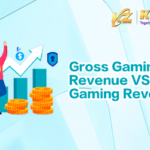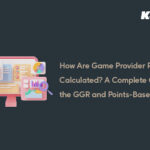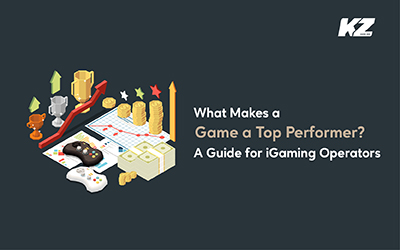
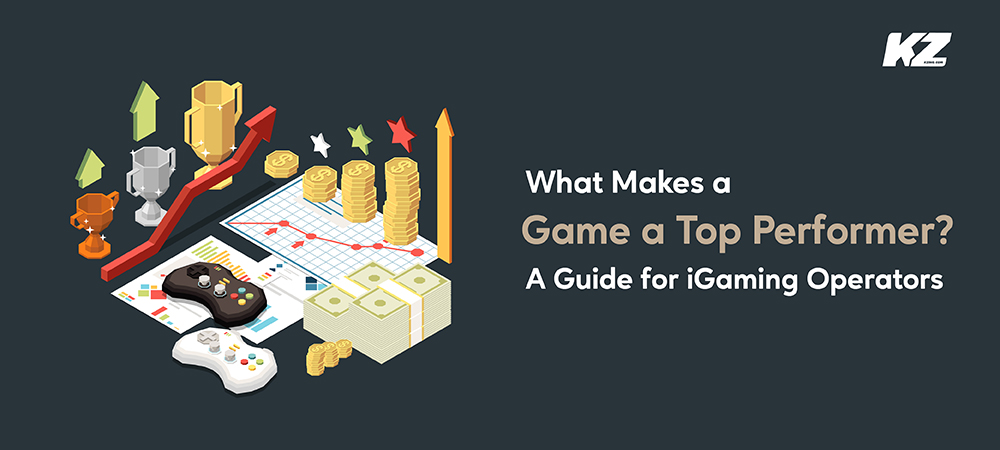
In a competitive iGaming market, choosing the right games for your platform isn’t just about following trends—it’s about leveraging data to deliver consistent player engagement and profitable outcomes. So, what actually makes a game a top performer? In this guide, we break down the key metrics and decision-making strategies that successful iGaming operators use to build high-performing game portfolios.
Table of Contents
🎰 Why Game Selection Matters in iGaming
The games on your platform directly influence:
- Player acquisition and retention
- Gross Gaming Revenue (GGR) and Net Gaming Revenue (NGR)
- Operational costs (bonuses, marketing, infrastructure)
- Brand perception and user experience
With thousands of titles available—from slots and table games to crash and live dealer games—your success depends on choosing content that not only entertains but also performs.
📊 The Metrics That Define a Top-Performing Game
Here are the top performance indicators you should evaluate when analyzing games:
1. Turnover (Handle)
Definition: Total amount wagered by players.
Why it matters: High turnover reflects high player engagement and volume.
Use it for: Identifying crowd-puller games that bring traffic and activity.
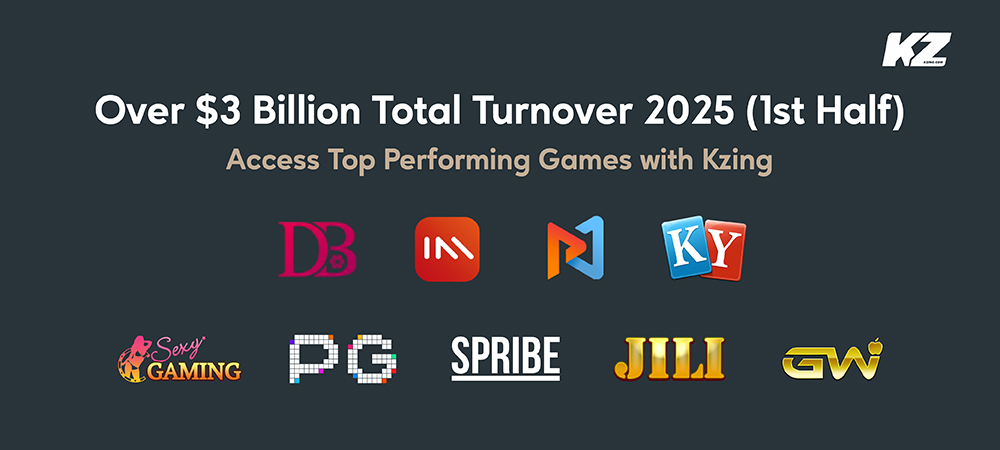
2. Gross Gaming Revenue (GGR)
Definition: Turnover minus player winnings.
Why it matters: A strong indicator of how profitable a game is for the operator.
Use it for: Understanding which games directly drive revenue.

3. Net Gaming Revenue (NGR)
Definition: GGR minus costs like bonuses, taxes, and provider fees.
Why it matters: Offers a realistic look at true profitability.
Use it for: Portfolio optimization based on actual returns.
Read more: Gross Gaming Revenue (GGR) VS Net Gaming Revenue (NGR)
4. Active Player Count
Definition: Number of unique users playing the game in a given period.
Why it matters: Tracks popularity and reach.
Use it for: Highlighting mainstream appeal or niche potential.
5. Session Duration & Bet Frequency
Definition: Time spent per session and number of rounds or bets.
Why it matters: High session length and frequency correlate with deeper engagement and higher Lifetime Value (LTV).
Use it for: Retention strategies and game quality assessment.
6. Bonus Cost Efficiency
Definition: How much promotional cost is needed to retain players in a game.
Why it matters: Some games retain players naturally, others need constant incentives.
Use it for: Cutting bonus spend while maintaining user activity.
7. Conversion Rate
Definition: Percentage of new visitors or registrations who start playing the game.
Why it matters: Indicates how attractive and accessible a game is to first-time users.
Use it for: Improving onboarding funnels and cross-promotion.

Kzing’s Promotions System offers proven tools that help convert new users into active players. These tools not only improve conversion rates but also lay the groundwork for long-term player retention.
Find out more: Kzing’s Promotions System
🔍 Composite Scoring: A Smarter Way to Rank Games
Many leading platforms use composite scoring models, assigning weights to each metric:
- GGR – 40%
- Active Users – 25%
- Session Duration – 15%
- Bonus Cost Efficiency – 10%
- Conversion Rate – 10%
This gives a clearer view of overall performance, balancing profitability, popularity, and operational efficiency.
Read more: How Is Game Point Revenue Share Calculated?
🧠 Game Selection Tips for Operators
Here’s how you can apply these metrics when curating your game portfolio:
- Segment Your Audience – Use demographics and behavior data to match game types to your user base (e.g., fast-paced crash games for Gen Z, classic table games for older players).
- Monitor Real-Time Performance – Use your reporting tools or dashboards to track GGR, turnover, and retention.
- Test and Rotate Titles – Introduce new games in limited-time campaigns, evaluate performance, and rotate underperformers.
- Leverage Provider Insights – Game providers often offer data and promotional tools to help boost adoption—use them.
- Match Volatility with Player Preferences – Cater to both casual players (low volatility games) and high rollers (high volatility games).
🏁 Final Thoughts
A top-performing game isn’t just one that looks good—it’s one that delivers consistent value in terms of engagement, revenue, and retention. By aligning your game selection strategy with data-driven performance indicators, you can elevate your platform’s success while offering a world-class experience to your players.
Whether you’re launching a new iGaming site or optimizing an existing one, understanding these metrics is your first step toward building a smarter, more profitable game portfolio.
📞 Reach out to our sales team for the best rates on the most popular games today:
Derek (小波) derek.cheong@kzing.com +63 928 699 8616 TG: @KzingSales03
Follow Kzing White Label on all official channels:
Website: https://kzing.co/
Demo Site: https://kzkzb.com/
Telegram: https://t.me/kzingofficial
Facebook: https://www.facebook.com/kzingofficial
Instagram: https://www.instagram.com/kzingwhitelabel/
YouTube: https://www.youtube.com/channel/UCQso0Xct-YIsBFIxFAyzWiA
LinkedIn: https://www.linkedin.com/company/kzing-white-label-奇迹娱乐包网/
#WhiteLabelProvider #KzingEntertainment #PhilippinesWhiteLabel #iGamingSolutions #GameIntegration #APIProvider #CasinoPlatform #SEAWhiteLabel #GameAPI #SlotsGame #LotteryGame #LiveCasino #CrashGames
![Maximize Yield: Understanding Factors Affecting Gross Gaming Revenue (GGR) Maximize_Yield_Understanding_Factors_Affecting_Gross_Gaming_Revenue_en_400x250[1]](https://www.kzing.co/wp-content/uploads/2024/04/Maximize_Yield_Understanding_Factors_Affecting_Gross_Gaming_Revenue_en_400x2501-150x150.png)
